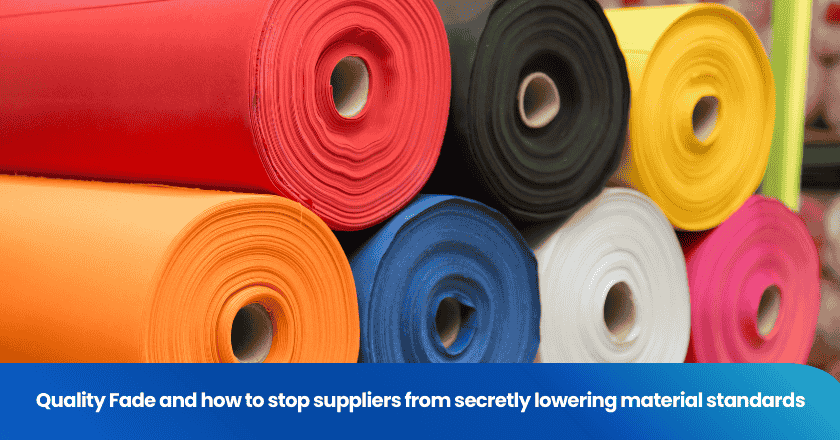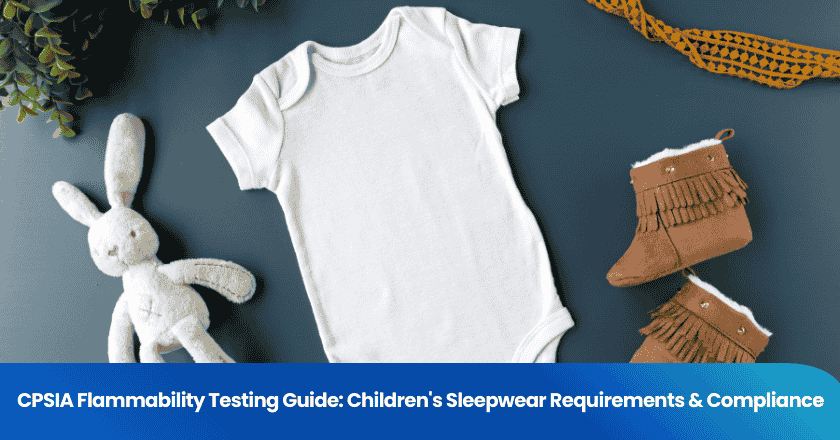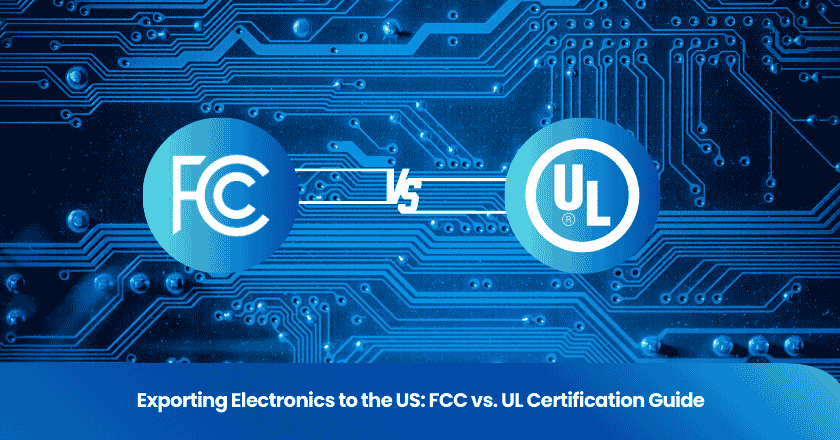
AQL, or Acceptable Quality Level, sets the maximum number of defects you can accept in a sample during inspection. You use AQL to balance quality with efficiency, making it essential for both manufacturers and buyers who want reliable products without excessive inspection costs. The following table shows how AQL compares to 100% inspection in terms of cost, time, and defect detection:
| Criteria | AQL | 100% Inspection |
|---|---|---|
| Cost | Generally lower | Higher due to time and labor |
| Time Efficiency | Faster inspection process | Slower, as every item is checked |
| Defect Detection | May miss low-frequency defects | Catches every defect |
Understanding the aql definition acceptable quality level helps you make informed decisions about product quality and inspection standards.
Key Takeaways
- AQL defines the maximum number of defects allowed in a sample before rejecting a batch, balancing quality and efficiency.
- Different industries have varying AQL thresholds; for example, medical devices require stricter standards than fashion items.
- AQL helps maintain consistent product quality, builds customer trust, and reduces inspection costs by allowing random sampling instead of checking every item.
- Understanding defect categories—critical, major, and minor—helps you set appropriate AQL levels and manage product quality effectively.
- AQL is not a guarantee of zero defects; it sets a threshold for acceptable quality, emphasizing the need for ongoing quality improvements.
AQL Definition Acceptable Quality Level
What Is AQL?
You encounter the term aql definition acceptable quality level whenever you deal with product inspections or quality assurance. AQL stands for Acceptable Quality Level, which refers to the maximum number of defective items you can accept in a sample before you reject the entire batch. This concept gives you a clear, measurable threshold for product quality. When you apply the aql definition acceptable quality level, you set a standard that both you and your suppliers must meet.
Different industries interpret the aql definition acceptable quality level based on the risks associated with defects. For example, the medical device industry uses a much lower AQL threshold than the fashion industry because safety is critical. The ISO 2859 standard divides defects into three categories, each with its own acceptable percentage:
| Type of Defect | Description | AQL Percentage |
|---|---|---|
| Critical Defects | Defects that could cause harm or make the product unsafe. | 0% |
| Major Defects | Defects that affect performance but do not pose safety risks. | 2.5% |
| Minor Defects | Defects that do not significantly impact performance, often aesthetic. | 4% |
You use these categories to decide what level of defects you can tolerate. For instance, you cannot accept any critical defects in products that affect safety. In contrast, you might allow a small percentage of minor defects if they do not impact usability.
Note: The aql definition acceptable quality level was originally called "acceptable quality level," but the ISO 2859 standard now refers to it as "acceptable quality limit." This change highlights its role as the worst tolerable process average in acceptance sampling.
AQL is not a fixed number. You adjust it based on your industry, product type, and customer expectations. For example, if you work in consumer electronics, you might set a moderate AQL to allow minor cosmetic flaws but require strict performance standards. In fashion, you may tolerate more minor defects but remain strict about stitching and construction.
Purpose in Quality Control
You rely on the aql definition acceptable quality level to guide your quality assurance process. This standard helps you decide when to accept or reject a batch of products based on a random sample. By setting clear limits, you reduce the risk of receiving defective goods and maintain consistent quality.
AQL serves several important purposes in quality control:
- It defines the maximum number of defects you can accept in a sample before you reject the batch.
- It helps you maintain a consistent quality standard, which builds trust with your customers.
- It allows you to identify quality issues early, keeping inspection costs manageable.
- It provides a statistical basis for your decisions, making your quality assurance process objective and reliable.
- It encourages your suppliers to maintain better-than-required process averages, improving overall product quality.
- It minimizes defects, leading to fewer returns, refunds, and negative reviews.
When you use the aql definition acceptable quality level, you balance the need for quality with the realities of production and inspection costs. For example, if you inspect a batch of 2,000 units at Inspection Level II with an AQL of 2.5, you might select a sample size of 125 units. If you find more than seven defects, you reject the batch. This approach gives you a practical way to enforce quality assurance without inspecting every single item.
AQL also adapts to different industries and product types. Here is how various sectors apply the aql definition acceptable quality level:
| Industry | AQL Threshold | Product Reliability Focus |
|---|---|---|
| Medical devices | Lower AQL threshold | High safety risks necessitate strict quality |
| Consumer electronics | Moderate AQL | Minor cosmetic defects allowed, strict performance requirements |
| Fashion and apparel | Higher AQL | Tolerance for minor defects, strict on stitching failures |
You see that the aql definition acceptable quality level is central to quality assurance. It gives you a clear, actionable standard for inspections, helping you deliver reliable products and maintain customer satisfaction.
Defect Categories
Critical Defects
When you perform defect analysis, you must pay special attention to critical defects. These defects pose serious risks and can never be accepted. You identify a critical defect when it creates unsafe conditions, violates mandatory regulations, or cannot be tolerated under any circumstances. The table below summarizes the criteria for critical defects:
| Criteria for Critical Defects | Description |
|---|---|
| Unsafe Conditions | Likely to result in unsafe conditions. |
| Mandatory Regulations | Violate mandatory regulations. |
| Acceptance | These defects cannot be accepted under any circumstances. |
If you allow critical defects, you expose consumers to severe injuries, such as burns or life-threatening illnesses. Regulatory agencies set strict standards, but defects can still occur. You must understand that manufacturers can be held strictly liable for defective products. This liability means you need to prevent defects through careful design and manufacturing. Consumer protection laws ensure that individuals injured by defective products can seek compensation. High-risk items, such as faulty medical devices or automobile parts, highlight the importance of safety in your defect analysis.
Tip: Always set the maximum allowable number of defects for critical issues at zero. Any presence of a critical defect leads to automatic rejection of the batch.
Major Defects
Major defects affect product function, durability, or appearance, making the item undesirable for end users. You encounter these issues during defect analysis when products fail to meet agreed specifications or industry standards. The following table outlines common criteria and examples:
| Criteria for Major Defects | Examples |
|---|---|
| Affects product function, durability, or usability | Products that cannot be assembled properly |
| Fails to meet agreed specs or industry standards | Skipped stitches in garments that affect durability |
| May cause product rejection or complaints | Electronic items that fail to reach the rated voltage |
| Incorrect components used | Wrong LED bulb installed |
You often find major defects such as misaligned seams, non-functional zippers, incorrect labeling, or minor scratches. These problems can lead to product rejection or customer complaints. In AQL sampling, you typically allow between 0.4% and 0.65% major defects. You must use defect analysis to identify and minimize these issues to maintain product reliability.
Minor Defects
Minor defects are small imperfections that do not affect product functionality but can impact perceived quality. You notice these during defect analysis when you see loose threads, small stains, or slight misalignments. The table below shows how minor defects differ from major and critical ones:
| Defect Type | Description | Example |
|---|---|---|
| Minor | Slight deviation from specifications, still saleable. | A quarter-inch scratch on the back of a monitor. |
| Major | Makes the product unsaleable or likely to be returned. | A quarter-inch scratch on the front of a monitor. |
| Critical | Could cause injury or death. | A phone with a battery that overheats. |
Minor defects can affect customer satisfaction, especially if they occur frequently. You may see loose threads, small stains, or slight color variations. These issues can lead to a lower perceived quality, even if the product remains usable. Your defect analysis should track these imperfections to ensure consistent product standards.
Note: Frequent minor defects can damage your reputation and lead to dissatisfaction, even if the product works as intended.
AQL Sampling and Tables
Sampling Methods
You use aql sampling inspection to determine how many units to check from a production batch. The choice of sampling and inspection method directly affects the accuracy of your results. You select an inspection level based on your needs and risk tolerance. The table below shows how different inspection levels impact sample size and defect detection:
| Inspection Level | Description | Sample Size Impact |
|---|---|---|
| Level I (reduced inspection) | Used when past vendor performance is good; fewer samples required. | Lower sample size leads to quicker assessments but may miss defects. |
| Level II (normal inspection) | Default level for inspections. | Balanced sample size for reliable results. |
| Level III (tightened inspection) | Used when quality issues are present; more samples inspected. | Higher sample size increases defect detection likelihood. |
You rely on sampling and inspection to balance cost, speed, and reliability. Level II is the most common choice for aql sampling inspection because it offers a good mix of efficiency and accuracy. You may switch to Level III if you notice recurring quality problems. Level I works best when you trust your supplier and have a strong history of compliance.
Using AQL Tables
You follow a step-by-step process to use aql tables for aql sampling inspection. This process helps you set clear acceptance criteria and ensures consistent sampling and inspection. Here is how you proceed:
1. Define the Inspection Level. You choose between Special and General levels based on product importance.
2. Determine the Lot or Batch Size. You identify the total quantity for sampling and inspection.
3. Find the Sample Size Code Letter. You match your inspection level and lot size in the aql table.
4. Determine the AQL Level for Each Defect Category. You set the aql percentage for critical, major, and minor defects.
5. Identify Acceptance and Rejection Criteria. You use the code letter and aql level to find the maximum allowable defects.
You apply these steps during aql sampling inspection to ensure your process is systematic. For example, when you inspect 2,000 LED lamps at AQL 2.5, you select 125 lamps for sampling and inspection. You accept the batch if you find seven or fewer defects. If you find eight or more, you reject it. The table below shows how you determine sample size and acceptance criteria for different lot sizes and aql levels:
| Lot Size | AQL (%) | Sample Size | Acceptance Number | Rejection Number |
|---|---|---|---|---|
| 5000 | 1.0 | 200 | 5 | 6 |
| 10000 | 2.5 | 315 | 14 | 15 |
You use sampling and inspection to make informed decisions about product quality. You select the right sample size and set acceptance criteria that match your risk tolerance. This approach helps you maintain consistent standards and reduce the risk of defective products reaching your customers.
Importance and Limitations of AQL
Why AQL Matters
You rely on aql as a cornerstone of your quality inspections. This method allows you to set clear thresholds for defects, ensuring that products meet your standards before reaching customers. Aql provides a systematic approach to sampling, which means you do not need to inspect every single item in a batch. Instead, you select a representative sample and use specific acceptance and rejection criteria. This process helps you reduce the number of defective products that reach the market, saving time and resources.
Aql serves as a critical tool in manufacturing. It lets you define the acceptable quality limit for each defect type. The table below shows typical acceptable levels:
| Type of Defect | Acceptable Level |
|---|---|
| Critical | 0% |
| Major | 2.5% |
| Minor | 4% |
By following these structured procedures, you maintain consistent product quality and protect your reputation.
Common Misconceptions
Many people misunderstand how aql works. Some believe that random inspections always miss defects or that you can skip checks with trusted suppliers. These myths can lead to poor quality control decisions. The table below highlights common misconceptions and the reality:
| Myth | Reality |
|---|---|
| Random inspections always miss defects. | When properly designed using aql standards, random inspections provide statistically reliable results. |
| Random inspections are unnecessary for trusted suppliers. | Even reliable suppliers can have occasional issues, making periodic checks valuable. |
You should also remember that aql does not guarantee defect-free products. It only sets a threshold for what you consider acceptable. If you rely on aql alone, you might overlook the need for ongoing process improvements.
Note: Misunderstandings about aql can weaken your quality control. Believing that aql ensures zero defects may cause you to miss opportunities for improvement.
Limitations
While aql offers many benefits, you must recognize its limitations:
- Defining Appropriate AQL Levels: Each industry and product requires different standards. Setting the wrong level can either raise costs or lower quality.
- Supplier Resistance: Some suppliers may push back against strict standards, causing delays or disputes.
- Human Error in Inspections: Inspectors may misclassify defects, leading to inconsistent results.
- Sampling Limitations: Since you only check a sample, some defects in uninspected units may still reach customers.
You can address these challenges by combining aql with other quality management tools, such as Six Sigma or Lean manufacturing. Regularly review and adjust your sampling plans to match changing requirements. Always define the right aql level based on your product and customer needs.
| Strategy | Explanation |
|---|---|
| Use of Other Quality Management Tools | Combine aql with Six Sigma and Lean to improve quality. |
| Continuous Monitoring | Adjust sampling plans regularly to minimize risks. |
| Appropriate AQL Level Definition | Set the right level for your product and market. |
By understanding both the strengths and the limits of aql, you make better decisions and strengthen your quality inspections.
You use aql to set clear standards for defect levels, helping you maintain final product quality and manage inspection costs. The table below highlights key defect categories and their aql levels:
| Type of Defect | AQL Level | Description |
|---|---|---|
| Critical | 0.0 | Severe defects that pose safety risks or violate regulations. |
| Major | 2.5 | Defects that significantly impact product function or usability. |
| Minor | 4.0 | Small imperfections that do not affect core function. |
You strengthen your quality control by following these steps:
1. Define your aql based on your product and market.
2. Select an appropriate sample size.
3. Conduct thorough inspections.
4. Decide on batch acceptance.
5. Document your process for future improvements.
Understanding and applying aql supports consistent product quality and customer satisfaction. For deeper insight, explore resources on quality control standards and sampling methods.
FAQ
What does AQL mean in product inspection?
AQL stands for Acceptable Quality Level. You use it to set the maximum number of defects allowed in a sample before rejecting a batch. This standard helps you maintain consistent product quality.
How do you choose the right AQL level?
You select the AQL level based on your product type, industry standards, and customer expectations. Lower AQL levels mean stricter quality requirements. You should always match the AQL to your risk tolerance.
Can AQL guarantee zero defects?
AQL does not guarantee zero defects. You inspect a sample, not every item. Some defects may still reach customers. You use AQL to minimize risk, not eliminate it.
What happens if a batch fails the AQL inspection?
You reject the batch if defects exceed the AQL threshold. You may request rework, replacement, or additional inspection. This process protects you from receiving poor-quality products.
Is AQL used in every industry?
You find AQL in many industries, including electronics, apparel, and medical devices. Each sector sets its own AQL standards based on safety, performance, and customer needs.
Grow your business with TradeAider Service
Click the button below to directly enter the TradeAider Service System. The simple steps from booking and payment to receiving reports are easy to operate.



